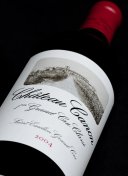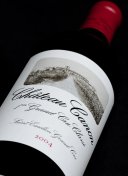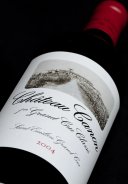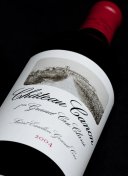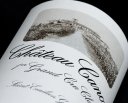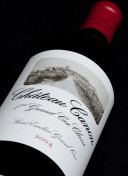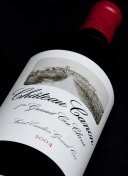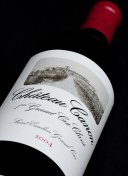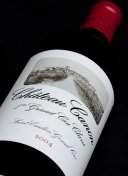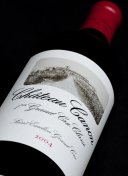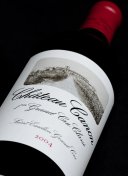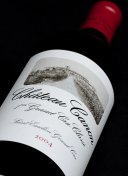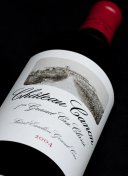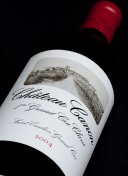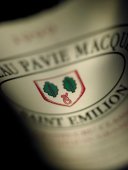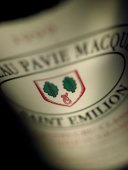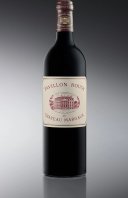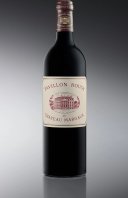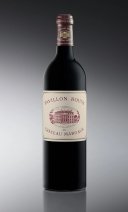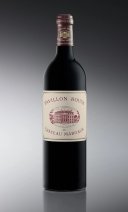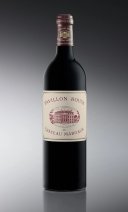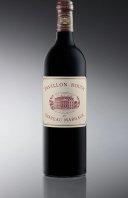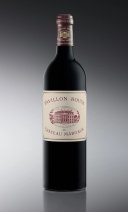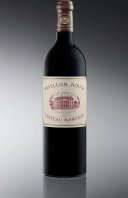Inglenook Rubicon
Related products
Moss Wood Cabernet Sauvignon
One of Australia's icon wines, this is Cabernet at its very best. This wine is the very definition of power and elegance. Hand crafted by Keith Mugford and his team in the Margaret River, Moss Wood deservedly fits in the Exceptional category of Langton's Classification of Australian Wine.
Cullen Diana Madeline
Vanya Cullen continues to amaze the world with her brilliantly flavoursome and elegant Cabernet named after Di Cullen, a true pioneer. Vanya is also pioneering in her own style with the introduction to 100% bio-dynamics and the results are to there to be seen by all. The highest possible Langon's Classification is bestowed upon this wine and with it's agability is one for the true wine lover and collector. [Biodynamic]
Penfolds Bin 169 Cabernet Sauvignon
Bright plum in colour, Penfolds Bin 169 Cabernet Sauvignon displays delicate notes of mint and blackcurrant, with a more savory bouquet of semi-dried tomatoes and fruit chutney at the end. A hint of oak and spice adds extra warmth. On the palate a flavour-wheel of spearmint, milo powder, chocolate and black liquorice.
CHATEAU SMITH-HAUT-LAFITTE Rouge Grand cru classe
Dating back over 800 years in the Bordeaux region, Chateau Smith Haut Lafitte is owned today by Daniel and Florence Cathiard. The estate also features a world class spa, which specialises in Vinotherapie - using grape extracts in many of their treatments. Up until the year 2000, the estate was not known for producing top quality wines, however in the capable hands of the Cathiard family and after over a decade of hard work and reinvention, the wines truly began to come into their own. It has been, in the words of Andrew Caillard, an astonishing ascendancy in the past 15 years, and given the sterling reviews the 2016 vintage has received, its trajectory seems set to continue its meteoric rise.
LES FORTS DE LATOUR Second wine of Chateau Latour
Pavie
Canon
Pavie Macquin
Cullen Vanya Cabernet Sauvignon
Certified biodynamic, the Cullen Vanya is 97% Cabernet Sauvignon complemented by 3% Petit Verdot. Aged in new French oak of which 50% was new for a period of 19 months. Totally opaque dark red black colour with a dark red hue. Intense but beautifully refined the nose offers up aromas of blackcurrant and mulberry laced with cedar and tobacco characters followed by hints of cigar box, faint bay leaf and spice. Medium weight the palate is the perfect marriage of richness, elegance and power delivering sublime flavours of blackcurrant, ripe mulberry and dark cherries seamlessly integrated with cedar, tobacco and spice characters. Exquisite finesse with exceptionally fine grained, polished tannins. Very long after-taste of blackcurrant, ripe mulberry, cedar faint tobacco, cigar box and spice that seems to sail on forever.
































































